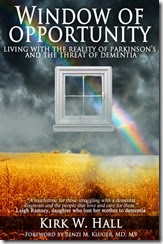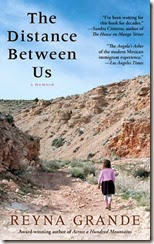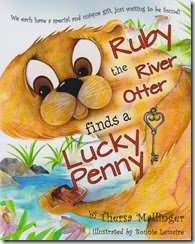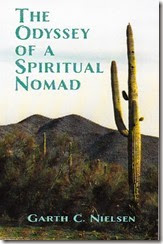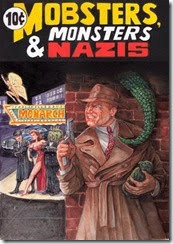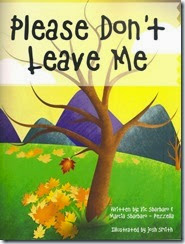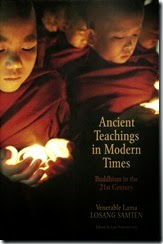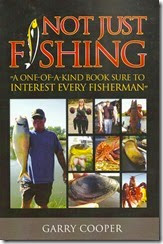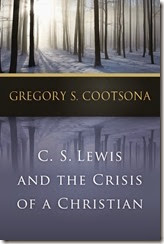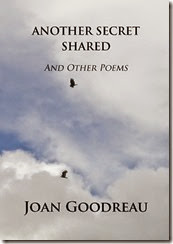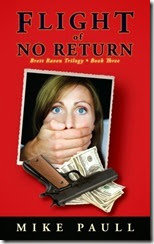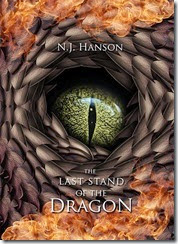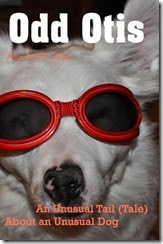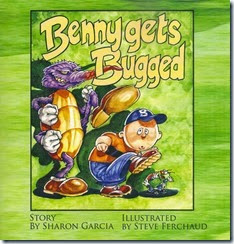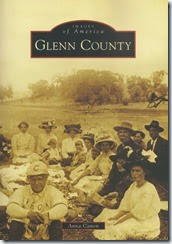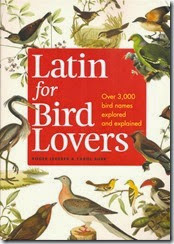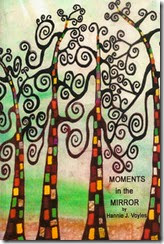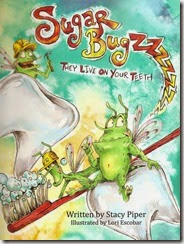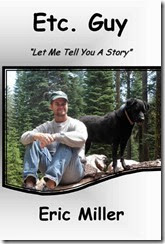Local history, memoir, poetry, children’s books, romance novels, and more filled the Biblio File in 2014. Here are a few excerpts ripped from those columns. Perhaps the reader will be intrigued enough to find out more.
What’s it like to be hit? “There was a shattering explosion just below my feet. I was afraid to look down at them. When I did, I saw the rudder pedals twisted at an odd angle. … ‘Navigator-to-pilot! Bombardier hit bad. He’s—he’s—Flak! Big hole in— … Pilot-to-crew! Abandon ship. Bail out! We are afire!” And that’s only the start of the story, which involves escape and, on January 30, 1944, rescue. (From “Escape With A Silent Roar: A Trilogy of Three World War II Pilots Including A P-38 Fighter In Combat Missions Over Europe” by B.J. Bryan.)
"Sergeant bellows, 'Fire at will!' through the noise, but all I can do is keep low. ... I don't know where any of my boys are, but I have got to do this thing. I get to my knees and then it is time it is time it is time to make my run across moldering logs and branches and dead leaves and men.” (From “I Shall Be Near To You” by Erin Lindsay McCabe.)
“There are powerful, wicked forces in there that can grab hold of you and keep you in darkness if you let them. You must strengthen your thoughts.” (From “The King’s Frog Hunter” by Ken Young.)
“If there is a river whose potential for biological richness and natural wealth can lead us to wholeness, it is the Sac. El Rio del Sacramento. River of redemption. Miraculous river.” (From “Sacrament: Homage To A River,” by Rebecca Lawton; photography by Geoff Fricker.)
Lewis experienced a lifelong sense of “poignant longing. He described it as a search for joy (which Lewis frequently capitalizes because he uses it as a technical term). The taste of joy—and the desire it evokes—began early in his life and gradually expanded, like a time-release capsule that drove him to God.” (From “C.S. Lewis And The Crisis Of A Christian,” by Greg Cootsona.)
